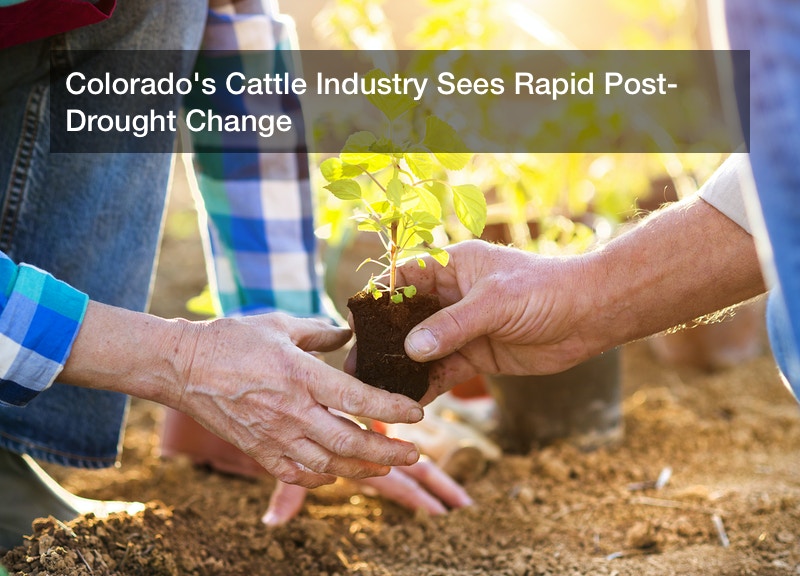Colorado’s Cattle Industry Sees Rapid Post-Drought Change
2 min read
Marshall and Ernst Windsor have run their herd of Hereford cows for almost 40 years now. Their operation is built around breeding and advancing genetics. Ernst’s predilection is towards Herefords due to their sturdy build, adaptable nature, and their dependability during times of drought.
In 2001, the Ernsts moved their cattle ranch to Windsor. From then until 2012, the area of Windsor suffered from severe drought, and along with the rest of the industry, Ernst’s herd suffered, with his cattle herd numbers dwindling significantly.
However, because of his Herefords, Ernst made it through a difficult time. And as the cattle industry undergoes even more changes, he expects to rely on the Herefords to help see him through once more.
Because of the drought, cattle numbers were dangerously low. And paired with a high beef demand, cattle prices hit an all-time high in 2015. As this perfect storm continues, the beef industry has slowly but surely begun to rebuild.
And the timing couldn’t be better. May was National Beef Month, and for states like Colorado, the beef and cattle industry are indicative of a strong agricultural economy.
According to Terry Frankhauser, the executive vice president of the Colorado Cattlemen’s Association, told the Denver Post that agriculture is the second-largest industry in Colorado. Additionally, beef is the largest commodity, with revenue from beef sales making up 60% of the industry overall.
Overall, there are 2.7 million cattle in the state of Colorado. In addition to beef, this cattle inevitably contributes to the 1.5 billion gallons of dairy products produced in the United States each year.
And a great deal of those cattle live in Weld County. A recent report, titled the 2015 Colorado Agricultural Statistics Report shows that Weld has nearly 500,000 cattle and calves, placing the region at number one in the state and third in the country when it comes to cattle production.
And in this state of high demand after the drought, ranchers have been in what’s called restocking, meaning more and more calves are being born each year.






